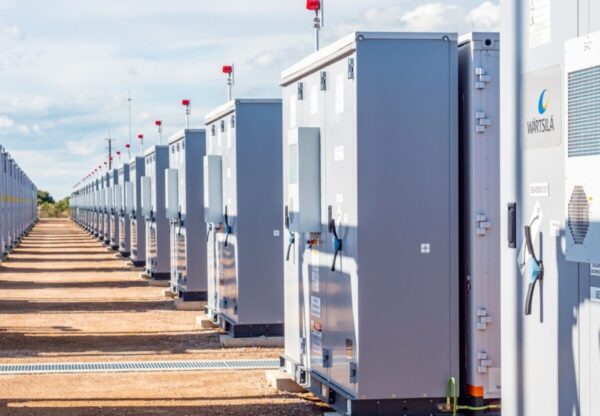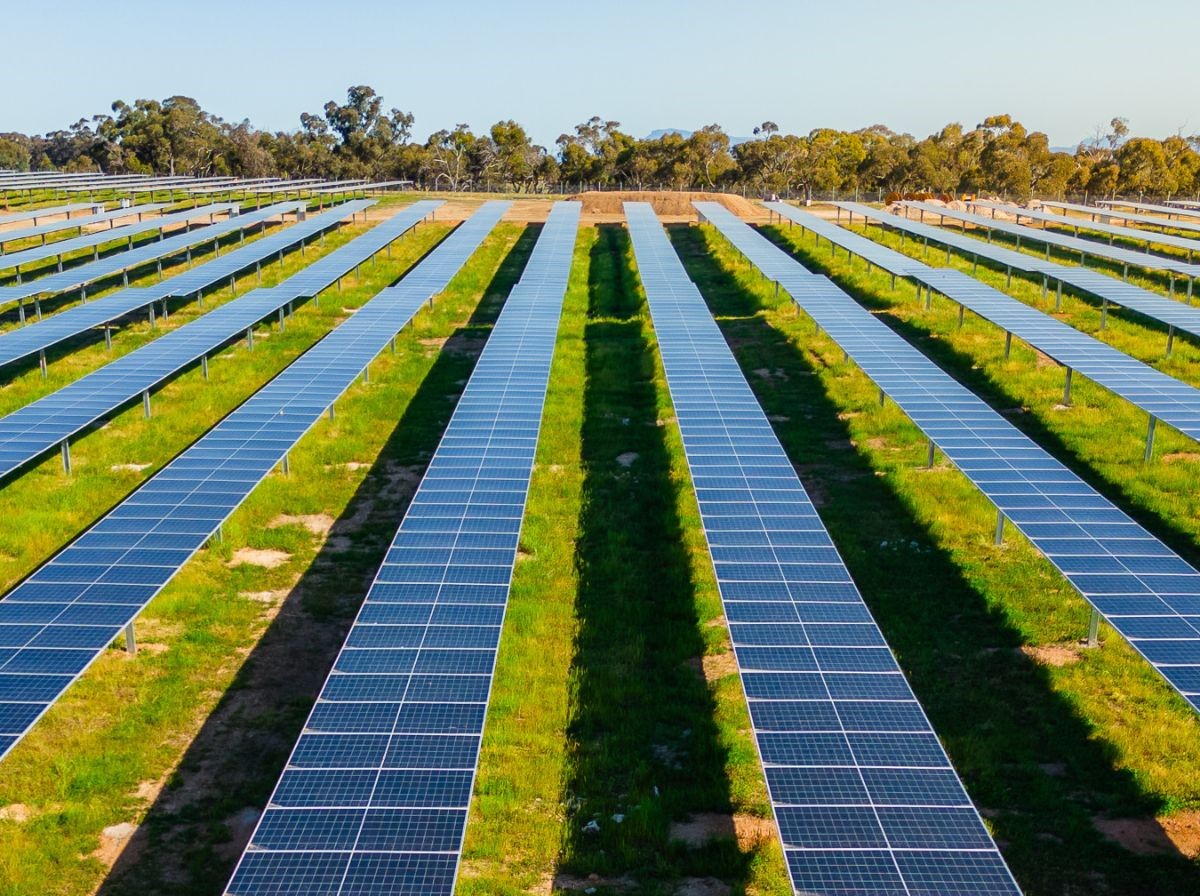The Budget handed down earlier this month has commendably tackled many concerns within the green industry, placing significant emphasis on encouraging resource and critical minerals production, enhancing the mobilisation of both public and private capital, and fostering the development of skills and technologies crucial for the green energy transition.
With Treasurer Jim Chalmers unveiling the $22.7 billion (USD 15 billion) Future Made in Australia package, the focus on green energy investment is arguably more compelling than ever and has undeniably positioned the clean energy sector as its clear winner.
Investment needs and government response
The Australian Energy Market Operator (AEMO) forecasts that to meet the federal government’s target of 82% renewables by 2030, Australia needs to add at least 6 GW of utility-scale generation annually. With only 2.8 GW of new capacity added in 2023 a rapid acceleration is crucial.
The Budget has clearly placed green investment at the forefront of its financial agenda, addressing this need through the Future Made in Australia package and the expansion of the Capacity Investment Scheme, which aims to inject over $65 billion into renewable capacity by 2030.
It’s encouraging to note that out of the $22.7 billion investment, $1.5 billion is allocated to bolster battery and solar panel supply chains through production incentives and an extra $27.7 million to integrate consumer energy resources like batteries and solar into the grid.
These investments are critical for restoring investor confidence and ensuring that, in an increasingly saturated market, green projects of all scales can have the government backing to come to fruition.
2023 issues persist in 2024
The Clean Energy Council reported a significant slowdown in new financial commitments to utility-scale generation capacity, plummeting to $1.5 billion from $6.5 billion in 2022. This decline has underscored the complex and challenging landscape for new investment decisions, exacerbated by a constrained grid, slow planning and environmental assessment processes, higher costs, and tighter markets for equipment and labour.
While these issues persist in 2024, and it’s evident that the Budget has, this time around, not merely provided band-aid solutions by injecting more investment and tenders. Instead, it has directly addressed persistent challenges such as transmission constraints, grid stability issues, and bureaucratic hurdles.
Streamlining processes
Efficient approval processes are crucial for the effective deployment of government investments. Australia’s lengthy planning approval procedures, lasting up to three years, pose significant challenges, resulting in project delays and increased costs.
As per the Clean Energy Investor Group, solar, wind, and battery energy storage projects in Australia’s eastern jurisdictions typically encounter wait times ranging from 12 months to two years. Consequently, investors are increasingly exploring offshore opportunities due to Australia’s sluggish approval procedures.

Image: AGL
In NSW, home to some of the largest solar and wind projects, the average approval timeframes for wind, solar, and battery projects until late 2023 were 746 days, with Victoria averaging 376 days in 2023.
I welcome the Budget’s allocation of $134.2 million to expedite approvals for renewable energy projects, streamlining decisions on environmental, cultural heritage, and planning matters. This is a positive step forward in addressing bureaucratic hurdles that could potentially result in cost escalations and investors looking to commit to projects in Australia’s neighbouring countries.
While state-by-state approval processes for projects are being implemented, it’s imperative to see national government investment. Every green project is unique, and I hope to see the $134.2 million investment standardise an overarching protocol, ensuring a more unified approach where investors and developers can expect timely approvals.
Community engagement
High standards of community consultation are essential. Strong relationships with landowners, particularly farmers, are crucial, built through thorough consultation processes and post-installation care.
The federal government’s investment of $20.7 million to improve engagement with communities impacted by the energy transition is commendable. The crucial next phase for both the industry and the government is establishing solid relationships with communities, ensuring mutual rewards through thorough consultation, transparent leasing agreements, and open knowledge sharing.
Skills and employment
While a fast-tracked energy transition necessitates significant investment and skilled work, Australia should not solely rely on technology and labour from overseas.
Local skills and jobs play a vital role in solar and clean energy generation. So much so, that the Clean Energy Council has reported that to reach national targets, Australia would require additional 450,000 electricians and jobs in construction by 2030. This represents one third of all jobs growth in Australia by 2030.
The federal government’s investment of $44.4 million for the Energy Industry Jobs Plan and $134.2 million for skills and employment support in key regions is commendable.
Communities in regional areas will bear the brunt of the renewable infrastructure, so ensuring there are enough funding and training programs to upskill local communities to build utility solar and wind infrastructure will be just as important as upskilling workers in metropolitan areas, who will typically focus on installing rooftop solar for commercial and/or personal purposes.
What next?
While funding is available, the next crucial step is to ensure efficient processes and optimised funding allocation within our systems. It’s essential not only to attract and commit more private and public capital but also to absorb and deploy that investment efficiently. With ambitious targets set at both state and federal levels, significantly reducing bureaucratic hurdles
and accelerating approval processes is paramount, not only for developers but equally for investors.
Author: Brenton Moratto, co-founder, ACLE Services
The views and opinions expressed in this article are the author’s own, and do not necessarily reflect those held by pv magazine.
This content is protected by copyright and may not be reused. If you want to cooperate with us and would like to reuse some of our content, please contact: editors@pv-magazine.com.








1 comment
By submitting this form you agree to pv magazine using your data for the purposes of publishing your comment.
Your personal data will only be disclosed or otherwise transmitted to third parties for the purposes of spam filtering or if this is necessary for technical maintenance of the website. Any other transfer to third parties will not take place unless this is justified on the basis of applicable data protection regulations or if pv magazine is legally obliged to do so.
You may revoke this consent at any time with effect for the future, in which case your personal data will be deleted immediately. Otherwise, your data will be deleted if pv magazine has processed your request or the purpose of data storage is fulfilled.
Further information on data privacy can be found in our Data Protection Policy.